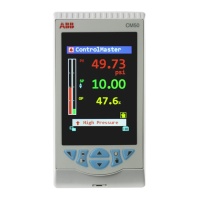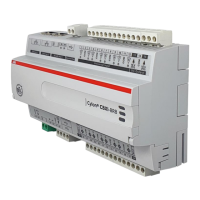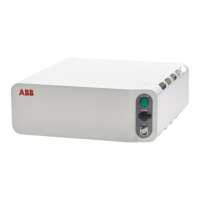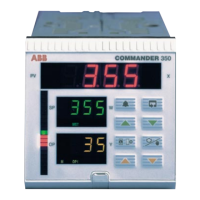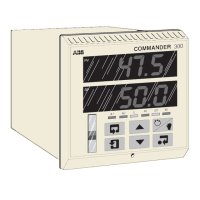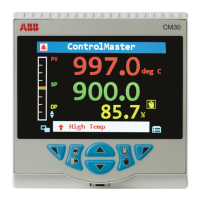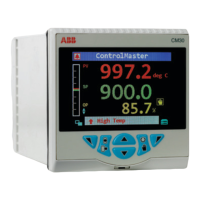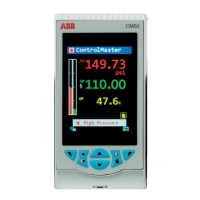3 BACnet® Networking
WHAT IS BACNET?
BACnet is "a data communication protocol for building automation and control networks." This means it is a
set of rules for exchanging BMS information between systems from different manufacturers.
The rules take the form of a written specification that spells out what is required to conform to the protocol
The key feature of BACnet is that the rules relate specifically to the needs of building automation and control
equipment - for example, how to ask for the value of a temperature, define a fan operating schedule, or send
a pump status alarm.
BACnet provides a standard way of representing the functions of any device - for example analog or binary
inputs or outputs, schedules, control loops and alarms.
The standardized model of a device represents these common functions as collections of related information
called objects
Each object has a set of properties that further describe it. Each analog input, for instance, is represented by
a BACnet "Analog Input object", which has a set of standard properties such as 'Present Value', 'Sensor Type',
'Location', 'Alarm Limits' etc. Some of these properties are required, while others are optional.
The only required object in each BACnet controller is the Device object. This object contains the properties
that define the controller’s behavior on the network. Each controller’s Device object has an associated
number called the Device Instance. It is this unique number that allows all other BACnet devices to
unambiguously access the controller.
Here is an illustration of BACnet objects:
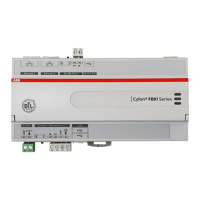
